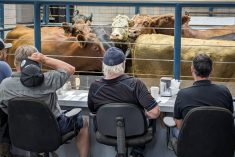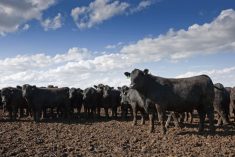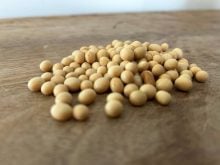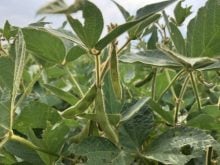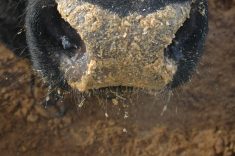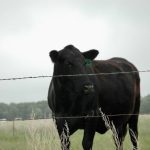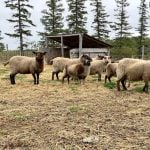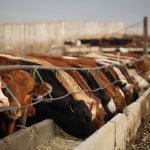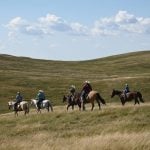Compared to last week, western Canadian yearling markets traded $2 higher to as much as $5 lower. A softer tone was noted on yearlings in the eastern Prairie regions. Calf prices were steady to $4 lower on average compared to seven days earlier. Quality yearling packages fresh off grass held value but backgrounded heavier replacements had a softer tone. Larger packages of yearlings sustained a minor premium over smaller groups. Some feedlots are nearly full while others are aggressively shopping. The investor cattle feeder appears to be in sticker shock and after the past few years, these players are not buying as many cattle. The backgrounding crowd has shrunk over the past few years with historically high forage and feed grains. Calf values felt sluggish as the major feedlot operators set the price structure in the lighter weight categories. Truck availability is rather tight which may have contributed to freight discounts in Saskatchewan and Manitoba.
Read Also

U.S. grains: CBOT soybeans, corn, wheat fall in USDA data aftermath
Chicago grains took a dive on Friday, following a closely watched U.S. government crop report and the release of export data that could provide clues into Chinese buying.
In central Alberta, medium- to larger-frame mixed steers fresh off grass with full health records averaging 942 lbs. sold for $232 and Charolais-cross larger-frame steers off pasture weighing 920 lbs. sold for $237. Northwest of Winnipeg, medium- to larger-frame red mixed steers weighing 821 lbs. dropped the gavel at $248 and black heifers averaging 810 lbs. charted the board at $219. Near Lethbridge, a small group of Angus-blended heifers off grass averaging a shade over 900 lbs. were valued at $218. In northwestern Saskatchewan, a pen of larger-frame, 1,025-lb. cross steers on light grain ration sold for $210.
North of Calgary, a group of Simmental-based weaned calves weighing 700 lbs. charted course at $259. Southeast of Calgary, Angus-based weaned heifer calves running over the scale at 675 lbs. silenced the crowd at $228.
Calves were quite variable depending on weaning and health condition. In central Alberta, semi-weaned tan steers averaging 640 lbs. with full health data were quoted at $266. Near Lethbridge, Charolais-cross steers weighing 536 lbs. were quoted at $275. In Manitoba, black steers weighing 435 lbs. reached into the skies at $325. Prices are high enough to encourage heifer retention, which could be providing underlying support.
Feed barley in southern Alberta was trading from $420 to $440 per tonne delivered for October through December, up $20 a tonne from two weeks ago. Alberta feedlot operators are making barley purchases and then pricing feeder cattle accordingly. Ontario buyers were active in Manitoba and Saskatchewan as corn in Ontario is trading around $8.50/bu. or $340/tonne. The Ontario corn crop could finish around 10 million tonnes, up one million from the five-year average.
— Jerry Klassen is president and founder of Resilient Capital, specializing in proprietary commodity futures trading and market analysis. Jerry consults with feedlots on risk management and writes a weekly cattle market commentary. He can be reached at 204-504-8339 or via his website at ResilCapital.com.






